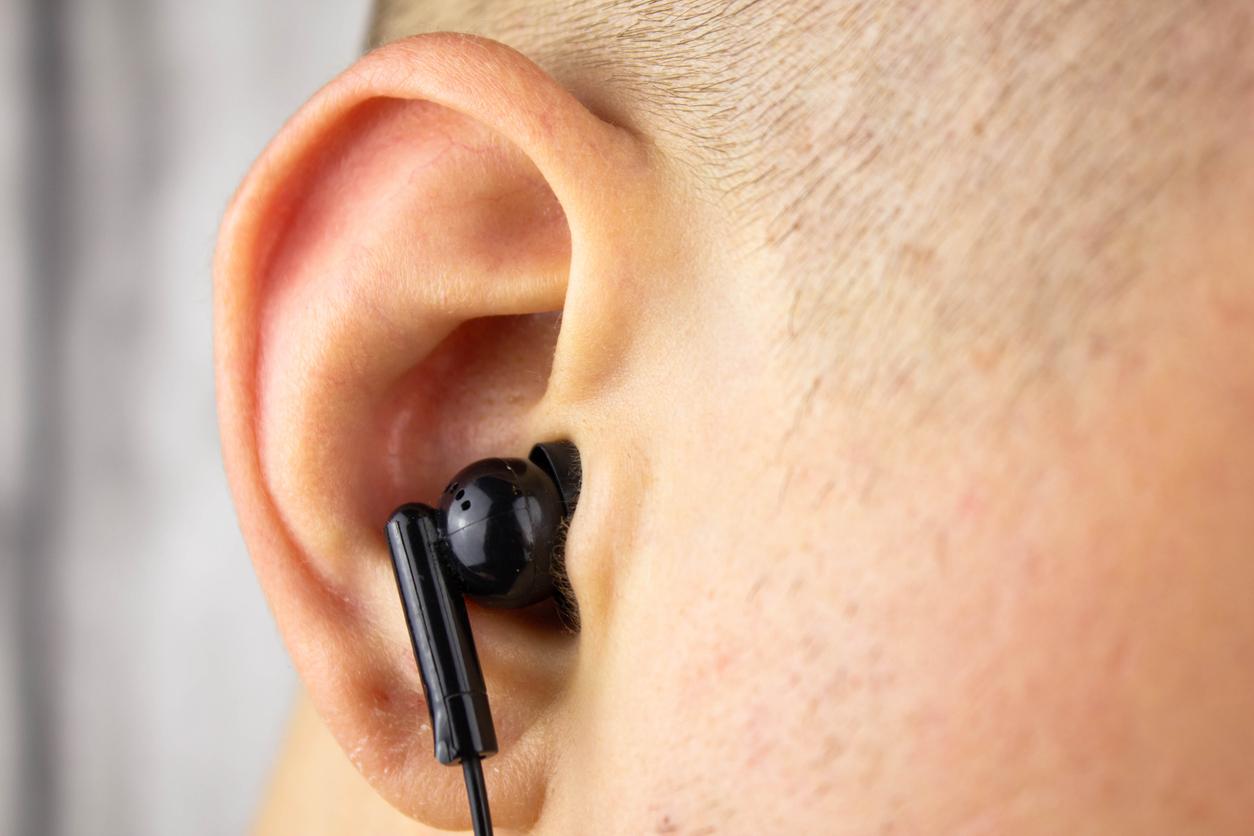
Get rid of PTSD, anxiety and chronic pain
Everyone experiences things that are not fun at some point in their life. You process this with a conversation or all by yourself. However, some things are so drastic that they can affect you for the rest of your life. EMDR could well be the solution to get rid of this in a relatively short time and in a simple way.
EMDR stands for Eye Movement Desensitization and Reprocessing. It is a therapy in which people learn to process unpleasant events by making eye movements. With EMDR you have to think back to the moment of the trauma. This could be, for example, a serious car accident or a violent robbery. But also abuse or rape or coping with the death of a loved one.
Eyes move
EMDR was developed in 1989 by American psychologist Francine Shapiro. She noticed that she was less stressed from the present unpleasant thoughts and feelings when she moved her eyes quickly back and forth. This became the starting point of EMDR. The many studies into the effect of EMDR show that the method is effective for processing bad experiences.
The therapy is delivered by psychotherapists, psychologists and psychiatrists and is suitable for children and adults who have experienced severe traumatic events.
PTSD
EMDR is also effective for coping with major, one-time traumatic events, such as post-traumatic stress disorder (PTSD) and is also used as a therapy for:
- multiple traumas
- anxiety symptoms
- chronic pain
- a negative self-image
How does EMDR work?
During therapy, you should focus on the distressing memory. You do not need to describe this in detail; the image in your head and your feeling about it is enough. Then follow the therapist’s hand with your eyes. This one goes from left to right. So you are doing a number of things at the same time: reliving the trauma, feeling the memory of it, and following the therapist’s hand.
Then the therapist stops moving his hand and asks you to follow your thoughts. EMDR creates a stream of thoughts and images, but sometimes also feelings and physical sensations. Often things change. For example, you experience a ‘forgotten’ part of the unpleasant experience. Either you get nauseous or you get a headache. Then the therapist asks you to think back to the most emotionally charged moment. Usually that moment is now easier to handle.
Distraction
Another way is to use headphones. You will then hear a beep alternately left and right. The basics remain the same: you think about the unpleasant experience and at the same time you are ‘distracted’. It is also possible for the therapist to alternately touch your right and left knee.
After-effects
After the end of an EMDR therapy, the effects can continue to work for a while. For example, when new images or feelings arise. This often takes no longer than three days. In many cases, the memory images themselves also change and become blurrier or smaller, for example. But it may also be that less unpleasant aspects of the same situation emerge. You experience new thoughts or insights and bad events can take on a different, less threatening meaning. You will then have a new emotional balance. The trauma is therefore less decisive in how you feel and how you react in daily life.
Activate brain hemispheres
Why EMDR works the way it does is still unclear. Some experts believe that eye movements activate both the left and right hemispheres of the brain. The left hemisphere controls language and analysis, the right hemisphere controls emotions, fantasy and connections. They will now work better together. Other experts believe that EMDR stimulates the natural processing system. Future research should determine how best to explain the observed effects, but if the method helps to overcome trauma, why not!















